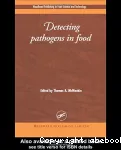Contributor contact details
Contributor contact details
+
-





